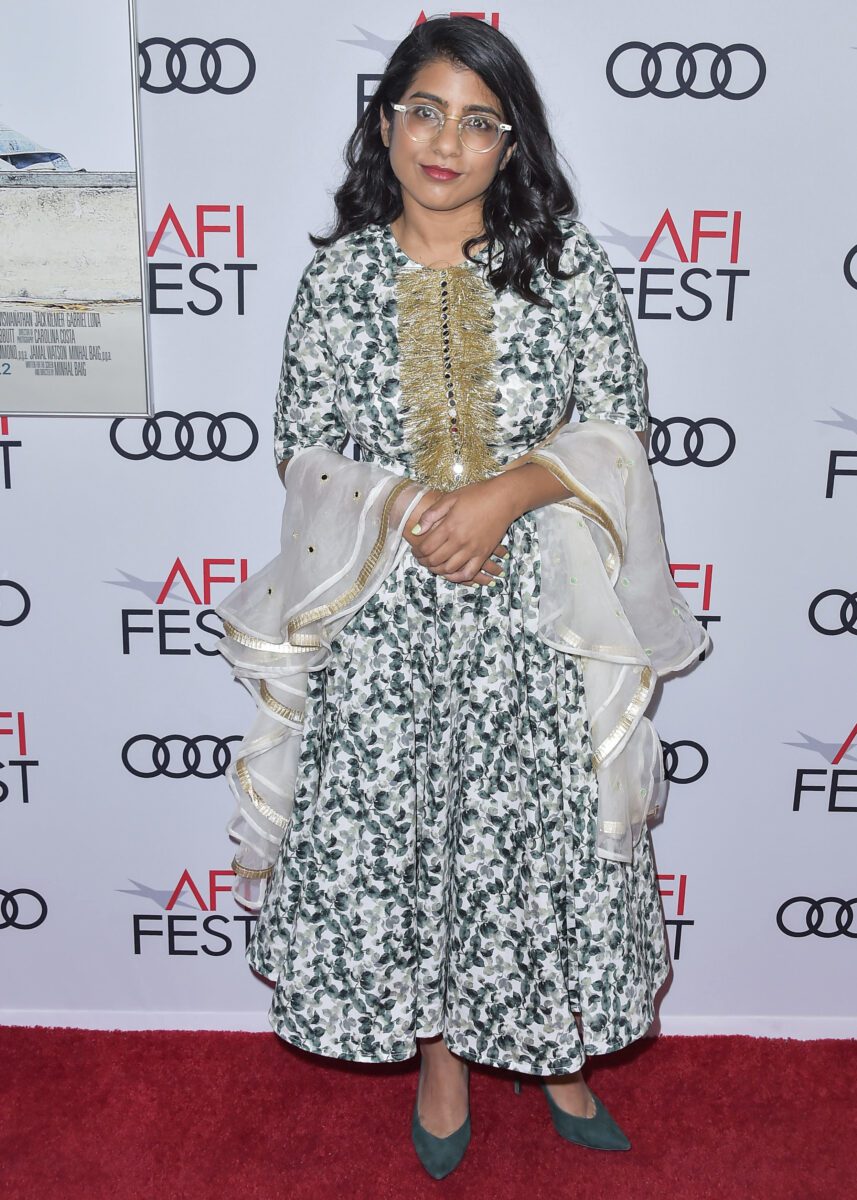Director Minhal Baig crafts a bittersweet symphony of youthful energy and urban hardship in the 2024 film “We Grown Now.” The movie transports filmgoers to the deteriorating Cabrini-Green housing projects of Chicago in 1992, a fading monolith that houses the vibrant dreams of two best friends, Malik (Blake Cameron James) and Eric (Gian Knight Ramirez).
“We Grown Now” excels in its understated approach. Cabrini-Green, far from a mere backdrop, evolves into a character itself. The cinematography of the film finds an eccentric beauty in the crumbling concrete and graffiti-laden structures, reflecting the mix of hope and anguish that bleeds into the lives of the characters. Baig skillfully balances childhood vibrancy – bike rides, makeshift games, jumping on furniture and the sweet taste of swiped penny candy while never letting go of the constant danger that their naïveté is disappearing.
Firstly, Baig’s camerawork seizes the essence of boyhood with astonishing accuracy and intimacy. Blake Cameron James, as the quietly thoughtful Malik, carries the weight of unspoken hindrances, as children often do, with unwavering vulnerability. Conversely, Gian Knight Ramirez infuses Eric with a boundless, infectious energy that appears quite stern for a 12-year-old. Their bond is a lifeline, remaining positive despite their harsh surroundings. The film doesn’t sensationalize their struggles, it realizes them. The realities of poverty and violence are intertwined into the fabric of their universe, something of a faint murmur in the corridors of their minds.
How Baig utilizes ethical storytelling in “We Grown Now”

Visual storytelling that mirrors the raw beauty of its setting is a powerful tool for conveying emotion and meaning. Whether it’s the stark beauty of the poverty-stricken Cabrini-Green neighborhood or the vibrant colors of graffiti on an urban street, the visual verbiage of films like “We Grown Now” can help to immerse viewers in a story and create a lasting emotional impact. By using imagery that speaks to the heart of a narrative, Baig helps to create a more profound connection between the audience and the world they are portraying.
Jason (Lil Rel Howery) and Delores (Jurnee Smollett) use their limited time on the silver screen to explore emotional ranges that pair well with the overall theme of the film.
While the film occasionally stumbles in its pacing, and a subplot involving Malik’s older sister, Anita (S. Epatha Merkerson), feels underdeveloped, these are minor blunders. “We Grown Now” pinnacles in a moment of muted havoc that forces a hasty end to their devil-may-care days.
Deep empathy for the resilience of children amidst systemic failures is a critical component of social awareness. Too often, the problems facing young people in challenging circumstances are overlooked or minimized, leading to further marginalization.
Moreover, Baig highlights the struggles and successes of children facing systemic challenges directly, allowing characters like Malik and Eric to be their own storytellers. This concept helps create a more compassionate and just product.
Final thoughts
Lastly, a rejection to romanticize or exploit the characters’ circumstances is a hallmark of ethical storytelling that “We Grown Now” gets right. It is paramount to approach the lives of others with respect and empathy, even in imaginary contexts. When creators like Baig approach their subjects with sensitivity, they help provide a voice to the voiceless, helping foster a more comprehensive understanding of the world around us.
“We Grown Now” serves as a reminder that even in the most challenging environments, the spirit of childhood can flicker with surprising luminance.
Those interested in getting tickets for We Grown Now can find out more information via Sony Classics website.
Contact multimedia & sports reporter Noral Parham at (317)-762-7846 or via email at noralp@indyrecorder.com. Follow him on Twitter @3Noral. For more news courtesy of the Indianapolis Recorder, visit our homepage.
This review solely reflects the view of the author and not the publication.
Noral Parham is the multi-media & senior sports reporter for the Indianapolis Recorder, one of the oldest Black publications in the country. Prior to joining the Recorder, Parham served as the community advocate of the MLK Center in Indianapolis and senior copywriter for an e-commerce and marketing firm in Denver.






